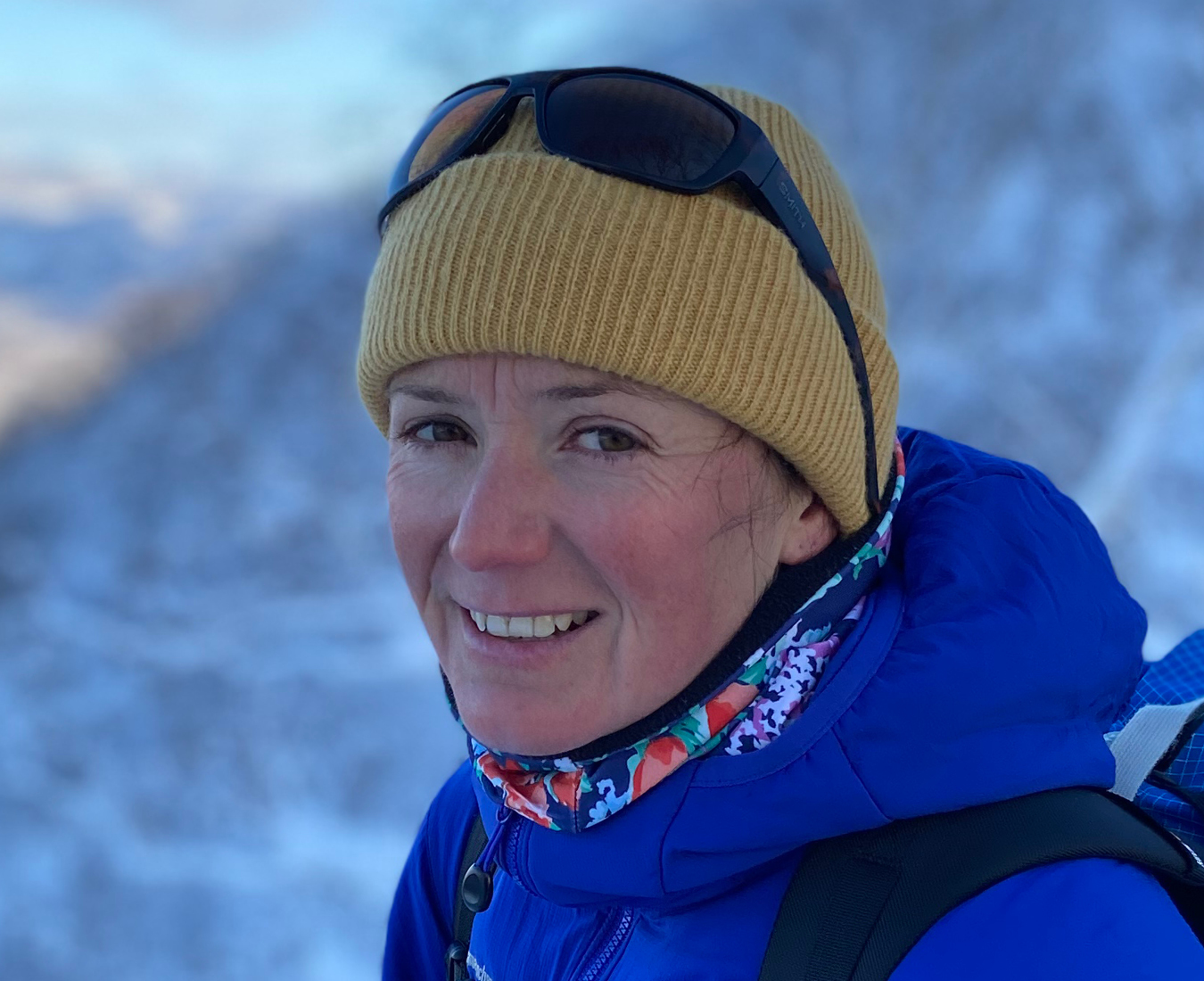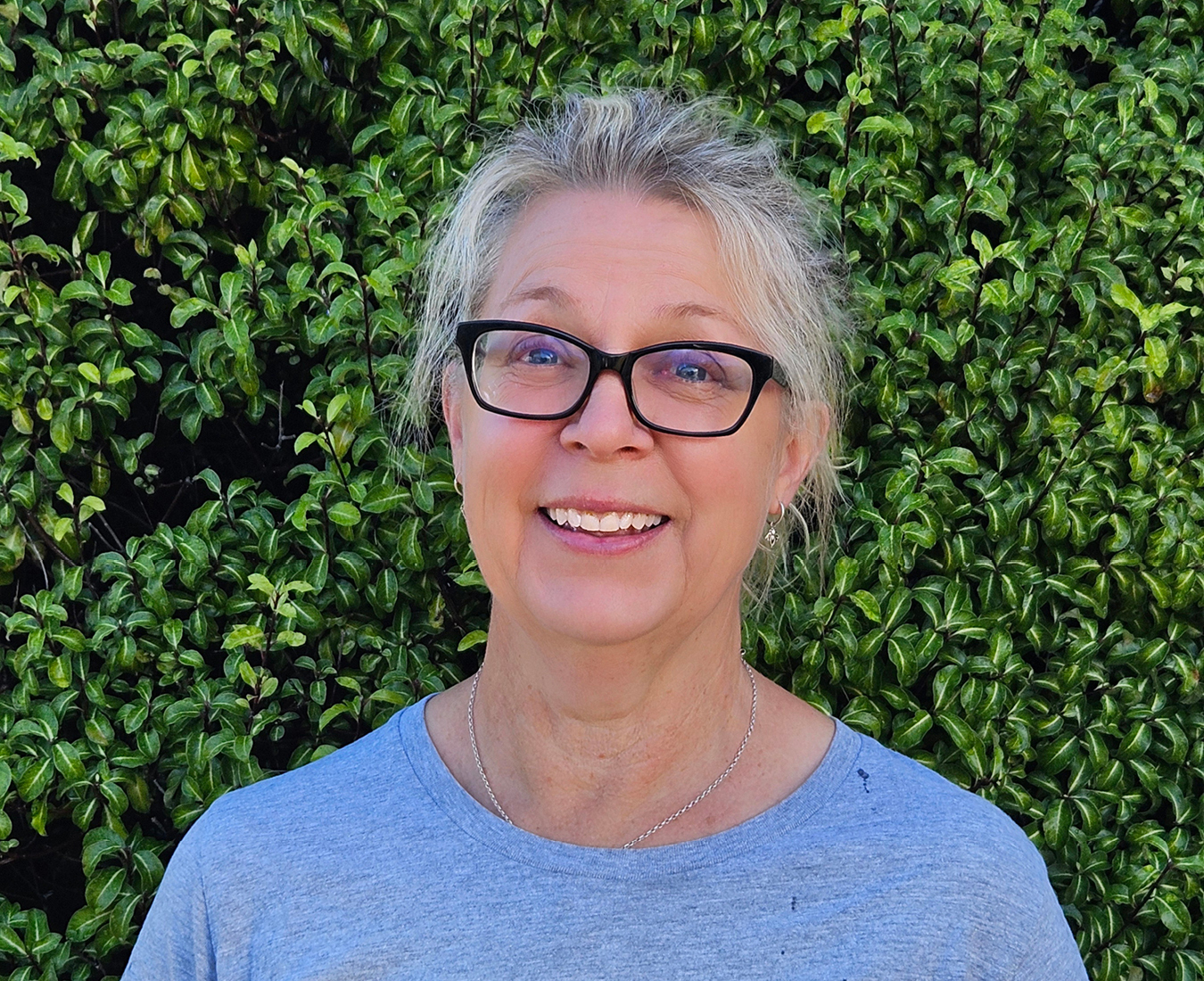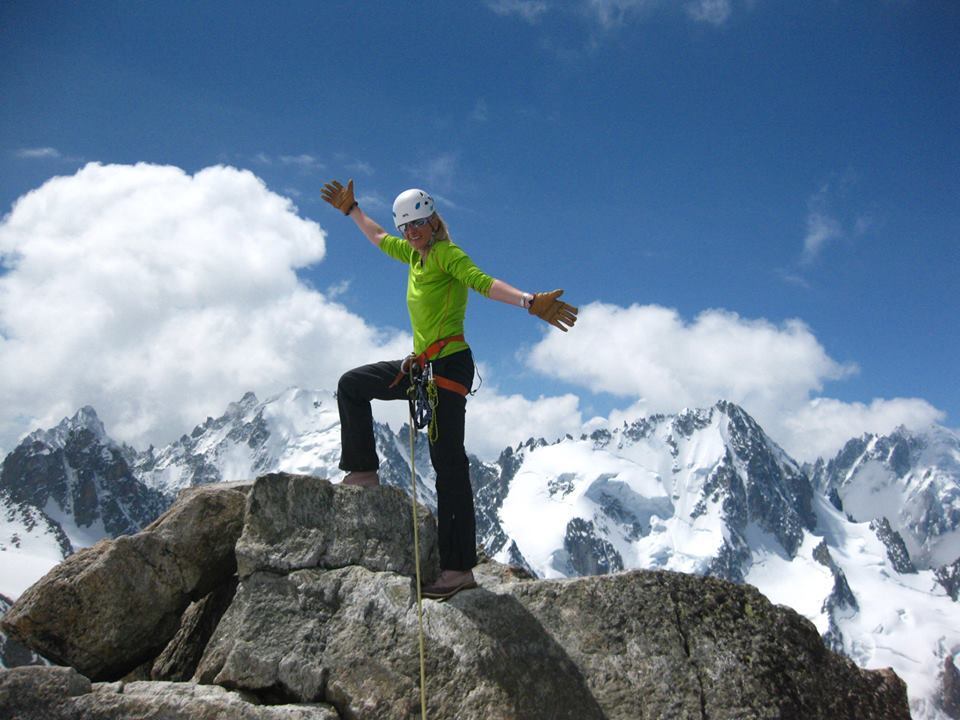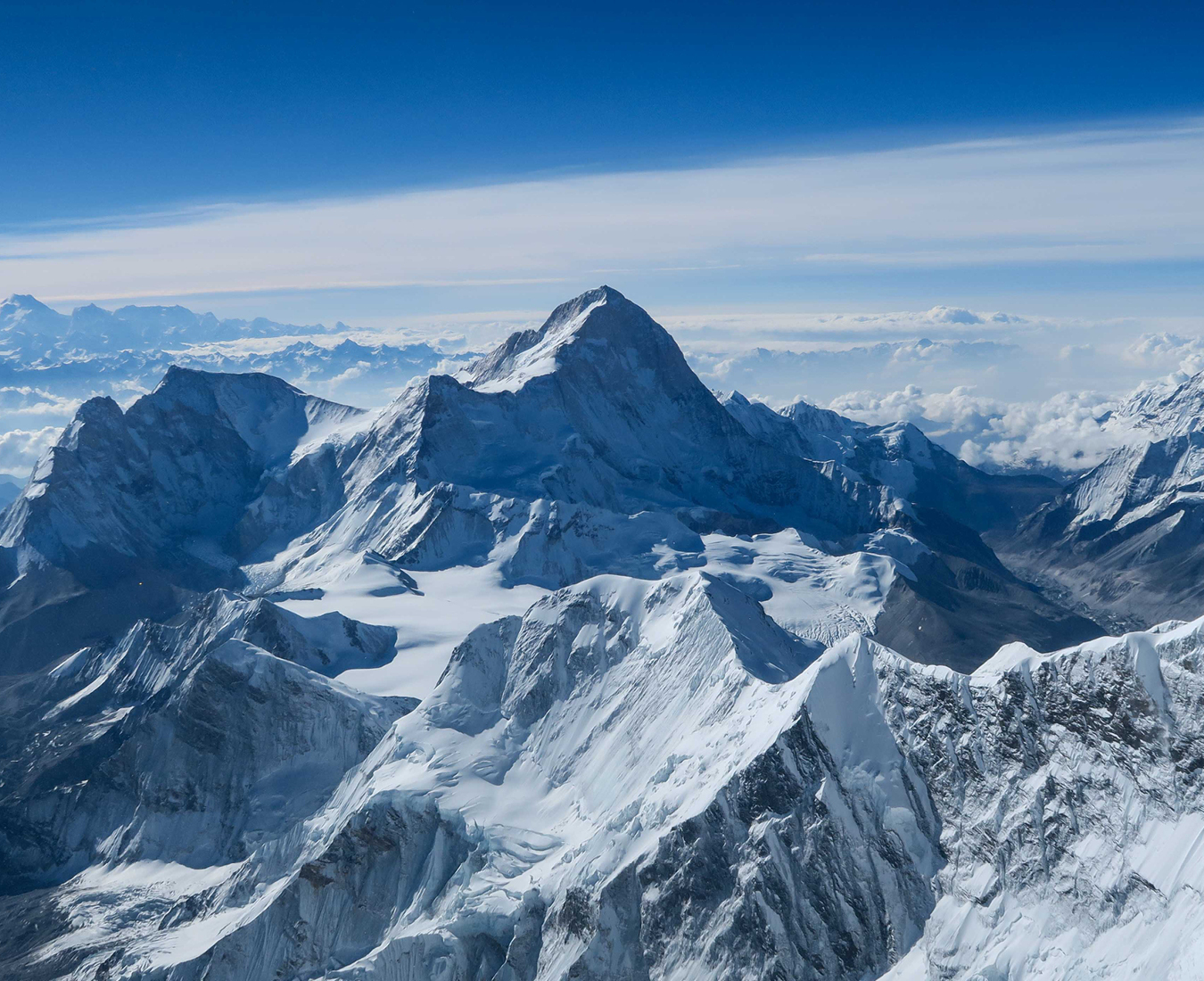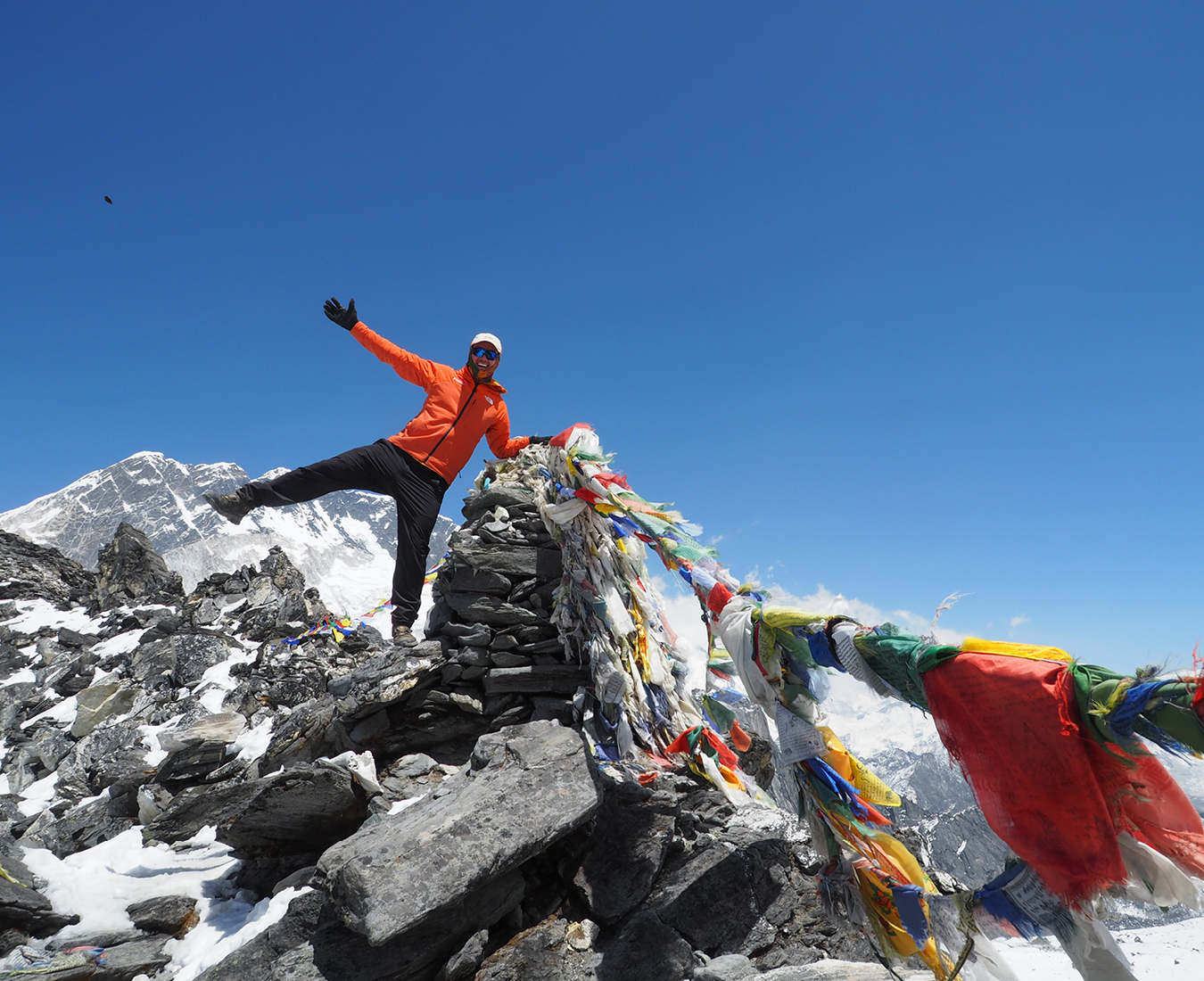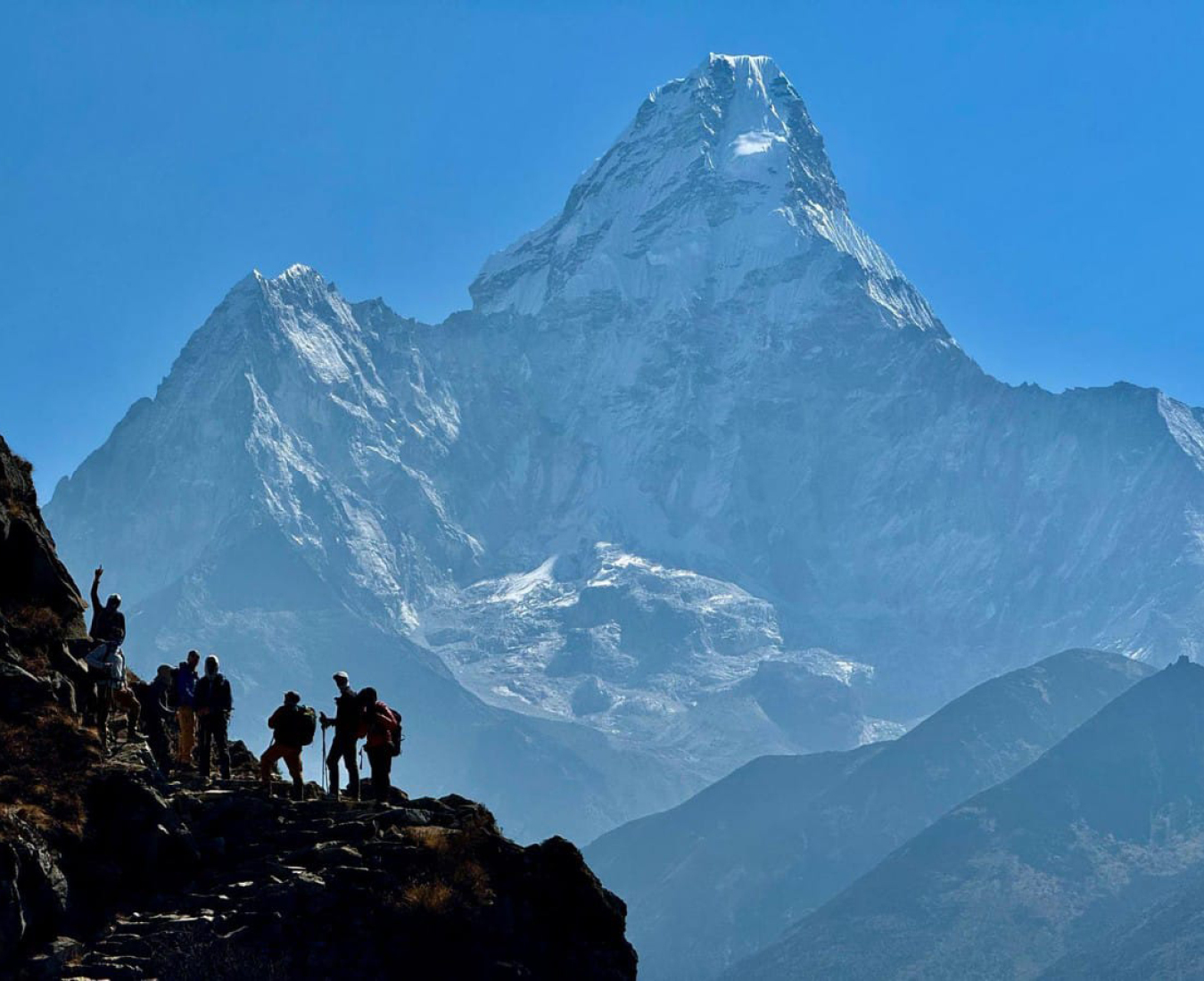The trek is challenging and you MUST train for several months prior to departure to make your trip as enjoyable as possible. Training should include regular walking on hills, in combination with swimming, light running or biking and gym work to develop strength. Expect to be trekking for 10 hours on the days that you cross the passes.
This magical trek enables you to see much more in the way of breathtaking mountain vistas than is usual on a trek in this region. Our journey is complemented by visits to Sherpa villages, homes and monasteries to offer you an insight into the quiet but culturally vibrant Sherpa lifestyle.
Travel through three different valley systems linked by high passes in Nepal’s Khumbu region on the doorstep to Mount Everest. First we explore the monasteries and culture in Kathmandu then fly into Lukla in the Khumbu Valley to begin the trek.
We are accommodated each night in good lodges with hearty meals to sustain the daily journey. We stay two nights in Namche Bazaar, the emphatic centre of the Sherpa culture. We cross the lofty Kongma La (pass) then trek to Everest Base Camp for close-up views of the world’s highest mountain. We subsequently cross the Cho La into the beautiful Gokyo Valley with deep blue lakes and mountainous backdrops. Our final pass crossing takes us over the Renjo La and into the upper reaches of the Bhote Koshi Valley where yak herders inhabit small stone huts in this rarely visited valley. The trail then takes us back through Namche and on to Lukla for our flight back to Kathmandu.
- Incredible Himalayan trekking adventure
- Three remote high passes in one expedition
- Visit Everest Base Camp
- Kongma La 5,535m/18,159ft. Cho La 5,420m/17,782ft. Renjo La 5,465m/17,930ft
Trek Level
Trek Level
Advanced
Elevation
Elevation
5,554m/18,222ft
Duration
Duration
26 days
Location
Location
Nepal
Arrive in Kathmandu
Gear check, sightseeing in Kathmandu if time permits
Fly to Lukla 2,860m/9,383ft and trek to Phakding 2,610m/8,563ft
Trek to Namche Bazaar 3,440m/11,286ft
Rest day and sightseeing |
Trek to Khumjung 3,780m/12,402ft via Hillary View point
Trek to Tengboche 3,870m/12,696ft
Trek to Pheriche 4,270m/14,009ft or Dingboche 4410m/14469ft
Rest day |
Trek to Chhukung 4,730m/15,518ft
Climb Chhukung Ri 5,550m/18,209ft
Trek over Kongma La 5,535m/18,159ft to Lobuche 4,925m/16,2047ft
Rest day
Trek to Gorak Shep 5,165m/18,209ft, climb Kala Patar 5,554m/18,222ft for world’s best view of Everest!
Trek to Everest Base Camp 5,300m/17,400ft for lunch, descend to Lobuche
Trek to Dzongla 4,830m/15,846ft
9hr trek over Cho La 5,420m/17,780ft to Dragnag 4,700m/15,420ft
Trek to Gokyo 4,790m/15,715ft
Rest Day or climb Gokyo Ri 5,357m/17,575ft for views of sunset on Everest!
Trek to Lungden, cross Renjo La 5,465m/17,930ft |
Trek to Thame 3,844m/12,612ft
Trek to Namche Bazaar
Trek to Lukla
Contingency day
Fly Lukla to Kathmandu
Trip ends

Departures and Pricing
| Start/End | Departing from | Quantity | Pricing | Notes | Book |
|---|---|---|---|---|---|
| 1 May - 26 May 2024 | Kathmandu, Nepal | Available | $5,990 USD $ | Book Now | |
| 12 Sept - 7 Oct 2024 | Kathmandu, Nepal | Available | $5,990 USD $ | Book Now | |
| 2 Nov - 27 Nov 2024 | Kathmandu, Nepal | Available | $5,990 USD $ | Book Now | |
| 25 Apr - 20 May 2025 | Kathmandu, Nepal | Available | $5,990 USD $ | Book Now |
Looking for a specific date? Book a private trek
PREPARE
You should be experienced in hiking/trekking off-trail on rocky and icy terrain.
No prior altitude experience required.
Because we want you to remember this trek for being so much more than just a hike, we at Adventure Consultants have taken enormous pleasure in planning a fusion of all the best components that we know make this a truly memorable experience. We are renowned for our quality of service and the strategy applied to our treks. Our reputation is attributed to meticulous planning and experienced logistics coordination.
We have a philosophy of investing in every trip to offer our trekkers the best possible experience. We employ strong and specialised trek leaders and Sherpa staff, who are some of the most pre-eminent in the industry. We pride ourselves on operating with small teams and the best back-up and support available. This includes nutritious and ample quantities of food, comfortable base camp facilities, reliable communications systems and the necessary medical back up. Our staff are the most affable western or Sherpa guides working in conjunction with our excellent cooking teams, to promise you an experience of a lifetime!
Many of our team members come to us because they have seen us in action on a previous trip and decide to opt for our level of service and proven experience. Others return because they know we do our very best to make our trips safe and successful.

The price of your trek includes the following:
- Qualified and experienced trek leaders
- Helicopter flights Kathmandu-Lukla and return
- High end lodging
- Visit Everest Base Camp
- Small groups
- Regular dispatches for families and friends to follow your expedition
- Comprehensive pre-trip support from our New Zealand office.








